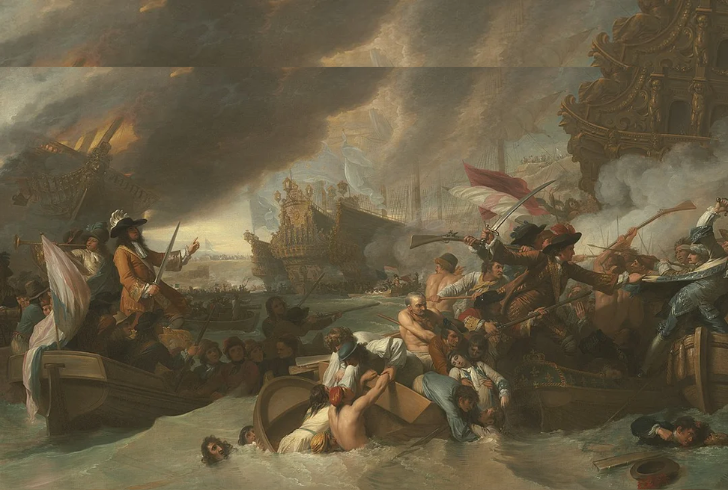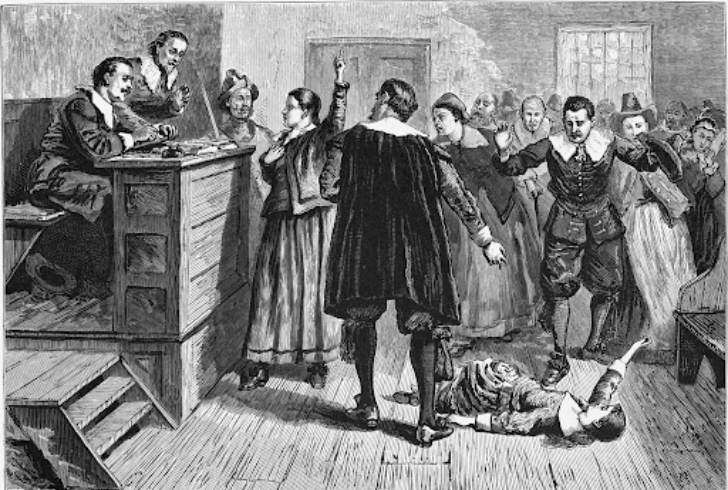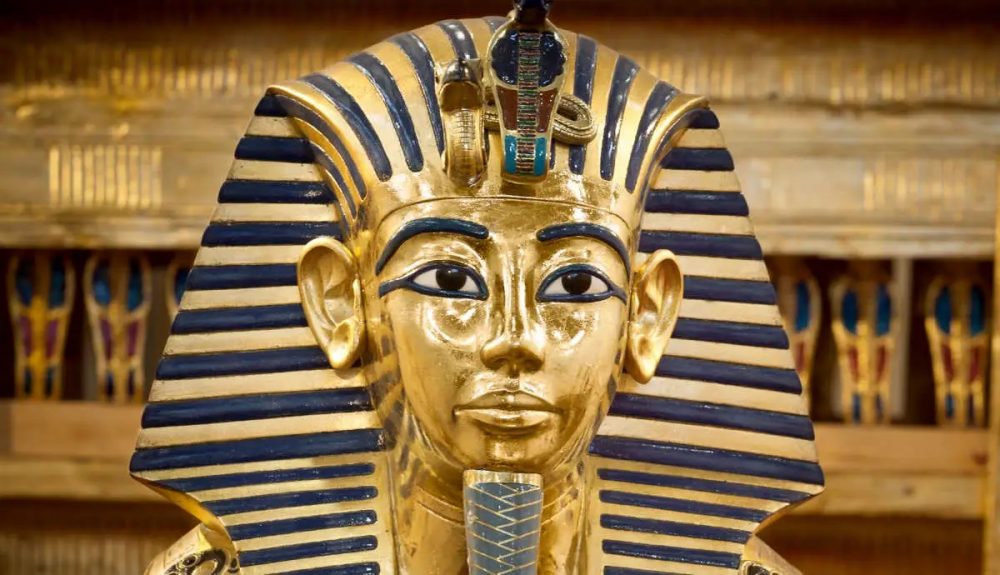In the annals of American history, the years between 1689 and 1698 stand as a dark and tumultuous period, forever etched in the collective memory as "King William's War." This conflict, a precursor to the French and Indian Wars, cast a pall over the colonies of New England, unleashing a torrent of bloodshed, destruction, and an unsettling descent into the realm of the supernatural.
The Schenectady Massacre
The first harbinger of the impending horrors arrived in February 1690, when a force of 110 French militiamen and 96 pro-French Iroquois warriors descended upon the unsuspecting village of Schenectady in the New York colony. Cloaked in the darkness of night, they crept through the gates guarded by mere snowmen, taking the settlers by complete surprise. The ensuing carnage left 60 men, women, and children slain, their throats slit and skulls crushed, while 27 others were taken prisoner.

American History Central | European conflict King William's War spills into North America, reshaping the continent's destiny.
As historian William Cullen Bryant grimly recounted, "The attackers crept silently into the settlement, guarded only by two snowmen at the gates, and took the settlers by complete surprise, slitting their throats and crushing the skulls of 60 men, women, and children. They took 27 as prisoners."
Harvard's Sons Embroiled in the Conflict
Among those entangled in the maelstrom of "King William's War" were several Harvard alumni who played pivotal roles in the struggle for survival against the French and their Native American allies. Men like Captain Philip Nelson, a veteran of King Philip's War, and Captain Ephraim Savage, a trader in Boston, served as officers during the ill-fated expedition to capture Quebec.
Chaplains Grindall Rawson, John Wise, John Hale, and John Emerson upheld the Harvard tradition, providing spiritual guidance and support to the militiamen amidst the ravages of war. John Wise, in particular, distinguished himself with "heroic spirit" and "martial skill and wisdom," earning him a legislative grant for his children and heirs in recognition of his valor.
The Ill-Fated Assault on Quebec
The expedition to Quebec, led by Governor William Phips, was a harrowing endeavor that ultimately ended in catastrophic failure. With 1,200 militiamen pinned down in the woods outside the city, Phips bombarded Quebec with his four warships, but failed to adequately resupply his men on shore. When the militia could not reach the city and the bombardment proved ineffective, Phips retreated, re-boarding his beleaguered forces for the perilous journey back to Boston.
Among the casualties was the young Harvard graduate Daniel Denison, who perished mere months after receiving his diploma, either "before the grim citadel of Quebec," drowned when his ship sank in a storm, or succumbing to the ravages of smallpox.
The Specter of Witchcraft Delusion

Telepgraph | During "King William's War," superstition and fear led to the notorious witchcraft delusion among English settlers.
As the horrors of "King William's War" unfolded, a dark cloud of superstition and fear enveloped the English settlers, giving rise to the notorious witchcraft delusion. Even Harvard's veterans were not immune to this insidious force, with Captain Philip Nelson attempting to cure a deaf and dumb boy by imitating Jesus Christ, uttering the Aramaic command "Ephphatha."
The delusion reached its apex during the infamous Salem Witch Trials, where Harvard-educated chaplains like John Emerson and John Hale played pivotal roles. Emerson extracted confessions through mental anguish and torment, while Hale, initially a believer, underwent a profound change of heart when his own wife was accused, leading him to challenge the accusers and ultimately dismantle the "awful delusion" that had corrupted the community.
In his own words, Hale reflected, "The wildest storm, perhaps, that ever raged in the moral world, became a calm; the tide that had threatened to overwhelm everything in its fury, sunk back to its peaceful bed. There are few, if any, other instances in history, of a revolution of opinion so sudden, so rapid, and so complete."
King William's War - A Legacy of Bloodshed and Resilience
"King William's War" claimed the lives of countless colonists, with at least 650 New Englanders slain in battle, massacre, or captivity. The French and their Native American allies carried out some sixty attacks on settlements, while the Iroquois Nation allied with the English suffered heavy losses, with estimates ranging from 600 to 1,300 casualties.
Yet, amidst the carnage and delusion, the resilience of the colonial spirit shone through. Harvard graduates like Adam Winthrop and John Wise played crucial roles in securing the surrender of the tyrannical Governor Andros, paving the way for a new charter that granted greater political power and religious freedom to the colonists.

Harvard veterans Alumni organizastion | King William's War echoes beyond battlefields, shaping lives far from the front lines.
As the war drew to a close with the signing of the Treaty of Ryswick in 1697, the disputed boundaries between New England and New France remained unresolved, setting the stage for further conflicts and the eventual outbreak of Queen Anne's War just a few years later.
"King William's War" stands as a grim testament to the sacrifices and hardships endured by the early colonists, a crucible that forged their resilience and laid the foundations for the eventual birth of a nation. While its legacy is one of bloodshed and delusion, it also serves as a poignant reminder of the indomitable human spirit and the enduring quest for liberty and self-governance.




